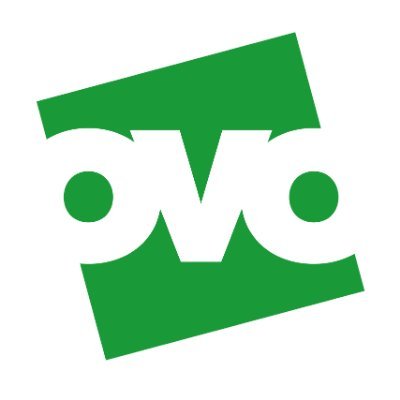Car insurance doesn’t have to break the bank. With a few smart adjustments, you can significantly reduce your premiums while maintaining sufficient coverage.
Your excess is the amount you agree to pay upfront in the event of a claim. By increasing your voluntary excess, you share more of the financial risk with the insurer, which often leads to a lower premium. However, you need to ensure that you can afford this higher excess in case of an accident. Increasing it slightly can be a good way to lower premiums without exposing yourself to excessive risk.
For younger or inexperienced drivers, telematics policies (commonly known as black box insurance) can offer substantial savings. This device monitors your driving habits, such as speed, braking, and cornering. Safe drivers are rewarded with lower premiums over time. These policies incentivize good driving behavior, so if you’re confident in your driving skills, this can be a great way to demonstrate it and lower your premium.
The more you drive, the more likely you are to be involved in an accident. By estimating and reporting a lower annual mileage, you can reduce your risk profile. Many insurers offer cheaper premiums to drivers who limit their annual mileage. Be accurate when reporting your mileage, as underestimating could lead to problems when making a claim.
Insurance companies consider the likelihood of your car being stolen when calculating premiums. By improving your car’s security, such as fitting an immobilizer, alarm, or a tracking device, you can reduce the risk of theft, which can result in lower premiums. Some insurers even offer discounts for advanced security systems.
While monthly payments may be convenient, insurers usually charge interest for spreading the cost over the year. If possible, pay for your insurance annually to avoid interest charges and save money overall. Paying upfront in a lump sum could also make it easier to manage your finances over the long term.
It’s tempting to let your car insurance automatically renew, but that often means missing out on potential savings. Loyalty doesn’t always pay—in fact, new customers often get the best rates. Use comparison websites to get quotes from multiple insurers and find the best deal. Also, call your current insurer and let them know about competitive rates you’ve found; they may match or beat it to retain you as a customer.
It may surprise you, but your job title can impact your premium. Some professions are seen as higher risk than others. If your job has multiple descriptions, try testing different but accurate options when getting a quote. For example, “teacher” may yield a different quote than “tutor,” even though both roles are similar. Just make sure your job title remains accurate to avoid invalidating your insurance.
A no-claims discount (NCD) is one of the most effective ways to reduce your premium. By driving safely and avoiding accidents, your NCD grows each year, potentially offering significant savings. Some insurers even offer the option to protect your no-claims discount for a small fee, meaning one claim won’t wipe out your discount.
Lowering your car insurance premiums doesn’t mean compromising on coverage. By taking simple steps like increasing your voluntary excess, improving your vehicle’s security, and being mindful of your driving habits, you can keep your premiums manageable.


